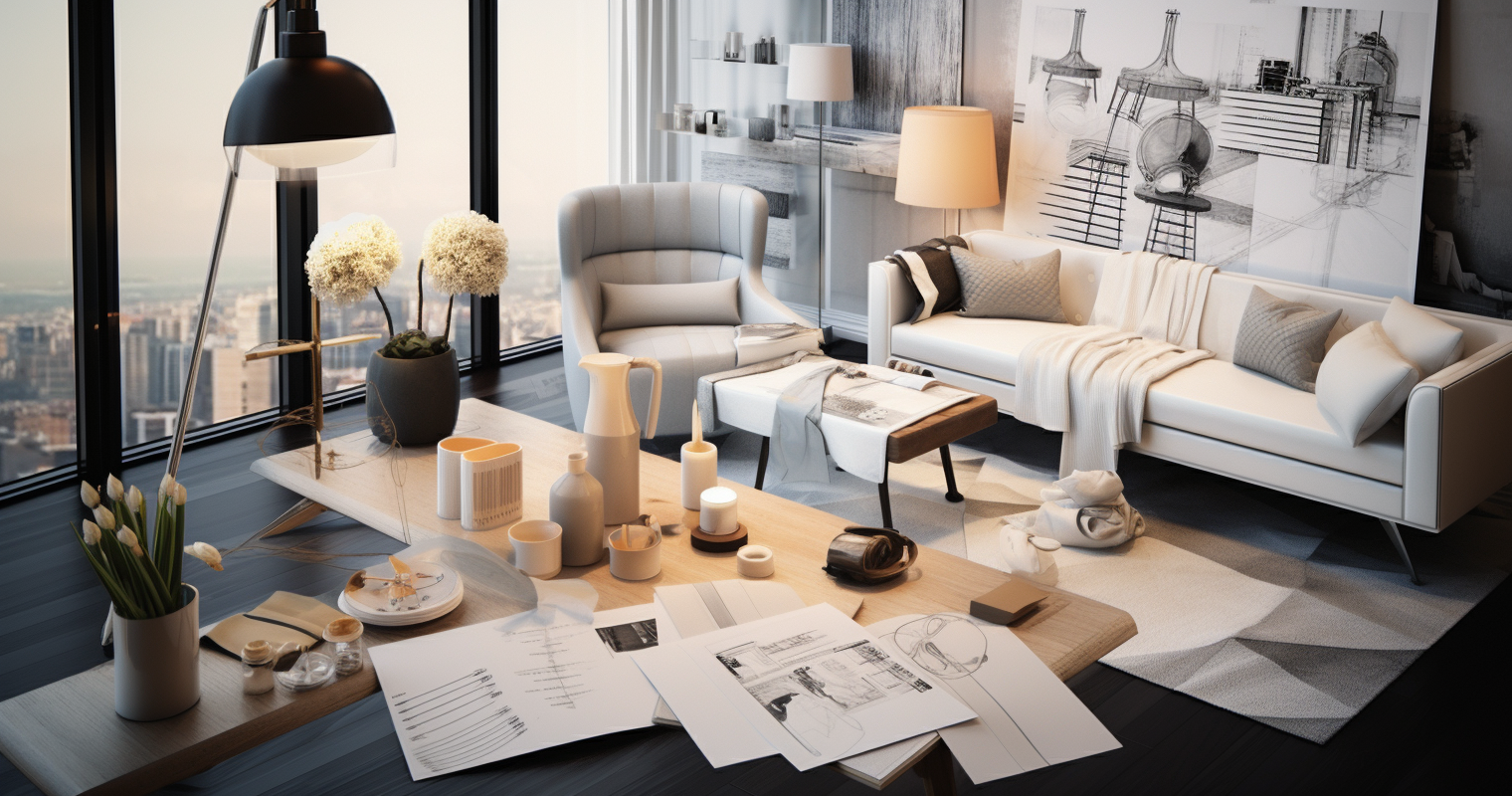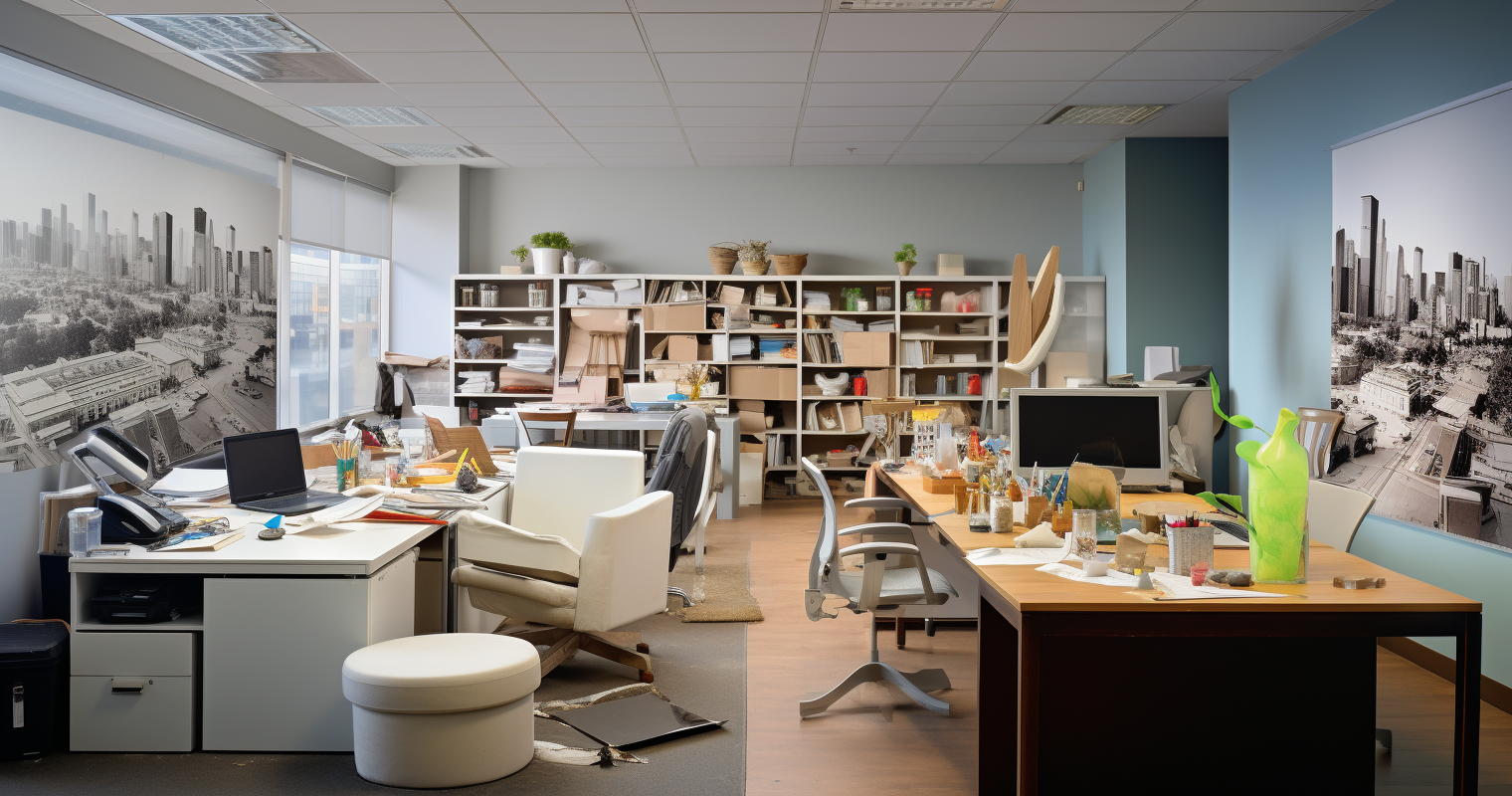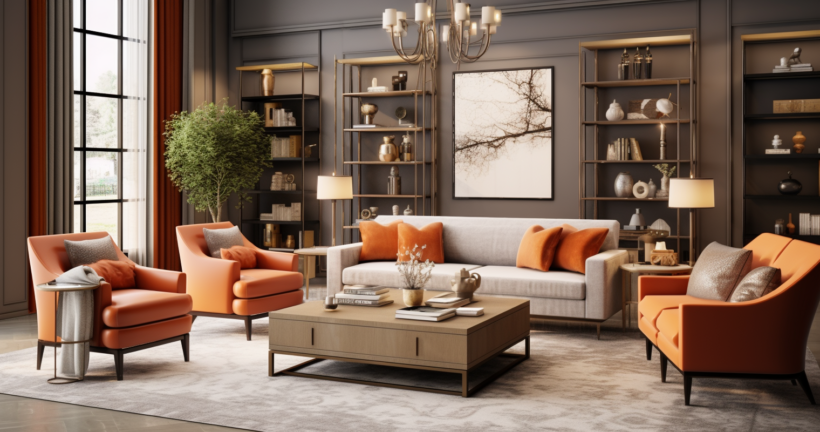Interior Design How Many Years: Considering a career in interior design? You’re not alone. The allure of transforming spaces and bringing visions to life has many aspiring designers wondering: Interior Design How Many Years does it take to master? According to the Bureau of Labor Statistics, the majority of interior designers spend about 4-5 years in formal education. But is that all? Dive into this article to decode the journey of becoming an interior designer, from education to experience. Ready to embark on this creative voyage? Let’s get started!
The Allure of Interior Design
Ah, the world of interior design! It’s not just about picking out pretty curtains or deciding between a chaise lounge and a loveseat. It’s a realm where creativity meets functionality, where spaces transform from mere rooms to experiences. Dive deep, and you’ll find that interior design is a meticulous blend of the creative and technical aspects. It’s not just about what looks good; it’s about what feels right.
Imagine walking into a room that resonates with your soul, where every piece of furniture, every shade of color, every light fixture speaks to you. That’s the impact of interior design on living spaces. But striking the perfect balance between aesthetics and functionality? Now, that’s an art!
Educational Pathways in Interior Design
So, you’re probably wondering, “Interior Design How Many Years?” Well, let’s break it down. Most budding designers start with a bachelor’s degree, which typically spans four years. However, the duration can vary based on the institution and country.

Choosing an accredited program is crucial. It ensures that the curriculum meets industry standards and often plays a pivotal role when seeking employment post-graduation. As the field is vast, many institutions offer specializations. From residential to commercial, sustainable design to lighting design, the choices are aplenty.
| Duration | Degree Type | Specializations Available |
|---|---|---|
| 4 years | Bachelor’s Degree | Residential, Commercial, Sustainable Design, Lighting Design, and more |
| Varies | Diploma or Associate Degree | Varies based on institution and country |
Practical Experience and Internships
Theory is great, but interior design thrives on practicality. This is where internships come into play. They’re the bridge between classroom learning and real-world application, allowing students to hone their skills in a live environment.
| Requirement | Significance | Process |
|---|---|---|
| Licensing | Validates expertise | Rigorous examination covering theory and codes |
| Professional Certifications | Adds credentials and specialization | Varies based on chosen specialization |
Most internships last a few months, but it’s not just about the duration. It’s about the exposure, the learning, and the challenges. From understanding client requirements to collaborating with architects, from sourcing materials to managing budgets, internships offer a glimpse of the real-world challenges faced by designers.
Remember, every space tells a story, and as an interior designer, you’re the storyteller. So, whether you’re redesigning a cozy apartment or a sprawling office, your work will always be a reflection of someone’s dream. Ready to embark on this journey?
Check out our guide on how to design floor plans for a deeper dive into the intricacies of layout planning. For a comprehensive overview of the profession, Architectural Digest offers a treasure trove of insights.
Licensing and Certification
So, you’ve got the degree, the passion, and the flair. What’s next? Well, before you start transforming spaces, there’s the little matter of licensing and certification. In many regions, practicing as an interior designer without a license is a no-go. But why is becoming a licensed interior designer so significant?
For starters, it’s a testament to your expertise and knowledge. It assures clients that you’re not just about pretty cushions and fancy wallpapers; you understand the science behind spaces. The examination process can be rigorous, with requirements varying by region. Typically, it covers both the art and the science of interior design, from color theory to building codes.
And then there are professional certifications. Think of them as the cherry on top of your design sundae. They’re not always mandatory, but they sure do add a sparkle to your credentials. Plus, they open doors to specialized design fields and higher-paying projects.
Building a Portfolio
“Show, don’t tell,” they say. In the world of interior design, your portfolio is your storybook. It’s where you showcase your best work, your unique style, and your design journey. A strong portfolio can be the difference between landing a dream project and watching it slip away.
When curating your portfolio, think quality over quantity. Highlight projects that showcase a range of skills and styles. And remember, presentation is key. Whether it’s a digital portfolio with interactive elements or a tactile, physical portfolio with fabric swatches, make sure it’s a reflection of you.
Networking and Industry Connections
Ever heard the phrase, “It’s not what you know, but who you know”? In the design world, this rings especially true. Networking is the lifeline of the industry. From attending industry events and seminars to rubbing shoulders with architects and contractors, building relationships is crucial.

Why? Because collaboration is the name of the game. Whether it’s a vendor giving you a heads-up on the latest fabric trend or a contractor helping you bring a design vision to life, these relationships are gold. And let’s not forget mentorship. Having a seasoned designer guide you, offer advice, and share experiences? Priceless.
Ready to dive deeper? Check out these Best Free Home Design Apps to give your projects an edge. And if you’re wondering about the journey of other designers, this Startup Guide offers some valuable insights.
‘Interior Design How Many Years’: Debunking Myths
Let’s address the elephant in the room: “Interior Design How Many Years?” It’s a question that’s been floating around for ages, and it’s high time we set the record straight. First off, there’s a common misconception that you can become an interior designer overnight. Spoiler alert: You can’t. It’s not just about picking the right shade of blue or knowing where to place a lamp.
It’s about the journey vs. the destination. Sure, you might spend four years earning a degree, but the learning doesn’t stop there. The field of interior design is ever-evolving, with new trends, technologies, and techniques emerging regularly. This means continuous learning is the name of the game. So, while you might officially become a designer in a few years, mastering the craft is a lifelong endeavor.
Overcoming Challenges in the Industry
Ah, the life of an interior designer! It’s not all sunshine and rainbows. Sometimes, it’s about dealing with difficult clients who can’t decide between boho-chic and industrial. Or staying up-to-date with the latest design trends without getting overwhelmed. And let’s not even get started on the challenge of balancing creativity with client demands. One day you’re envisioning a minimalist paradise, and the next, you’re being asked to add “just one more” decorative pillow.
But here’s the thing: Every challenge is an opportunity in disguise. Difficult clients teach patience, trends inspire innovation, and balancing acts hone your skills.
The Rewards of a Successful Interior Design Career
For all its challenges, the world of interior design is filled with rewards. There’s the undeniable satisfaction of transforming spaces. Imagine turning a drab room into a vibrant haven or a cluttered office into a productivity paradise. It’s like magic, but with fabric swatches.
Then there are the financial rewards and recognition. A successful project can lead to referrals, magazine features, and even awards. And if you’ve got the entrepreneurial spirit, there are endless opportunities for entrepreneurship and consultancy. From starting your own design firm to consulting for luxury hotels, the sky’s the limit.

Feeling inspired? Dive into these Home Decor and Interior Design Ideas for a burst of creativity. And if you’re still pondering the “Interior Design How Many Years” question, this guide offers a comprehensive look into the journey.
Frequently Asked Questions
How long is the formal education for interior design?
Most interior design programs, leading to a bachelor’s degree, span approximately 4 years. However, diploma or associate degree programs can be shorter.
Does experience count in the ‘Interior Design How Many Years’ equation?
Absolutely! While formal education lays the foundation, real-world experience is invaluable. Many designers spend 1-3 years gaining practical experience post-graduation.
Are there any mandatory certifications required?
In many states, interior designers need to pass the National Council for Interior Design Qualification (NCIDQ) exam to be licensed.
How often do interior design trends change?
Design trends evolve continually. While foundational principles remain, styles and preferences can shift annually.
Can I start my own firm immediately after graduation?
While possible, it’s advisable to gain some experience working in established firms. This provides industry insights and networking opportunities.
What’s the average salary for an interior designer?
According to the U.S. Bureau of Labor Statistics, the median annual wage for interior designers was around $56,040 in May 2019.
Is continuous learning important in interior design?
Yes! With changing trends and advancing technology, continuous learning through workshops, courses, and seminars is crucial.
Conclusion
Embarking on a career in interior design is both exciting and demanding. When pondering the question, “Interior Design How Many Years does it take to truly master?”, it’s essential to consider both formal education and hands-on experience. The journey might be long, but the rewards of transforming spaces and bringing visions to life are unparalleled. Ready to dive deeper into the world of interior design? Explore our other articles and resources to fuel your passion.
Thank you for reading!
